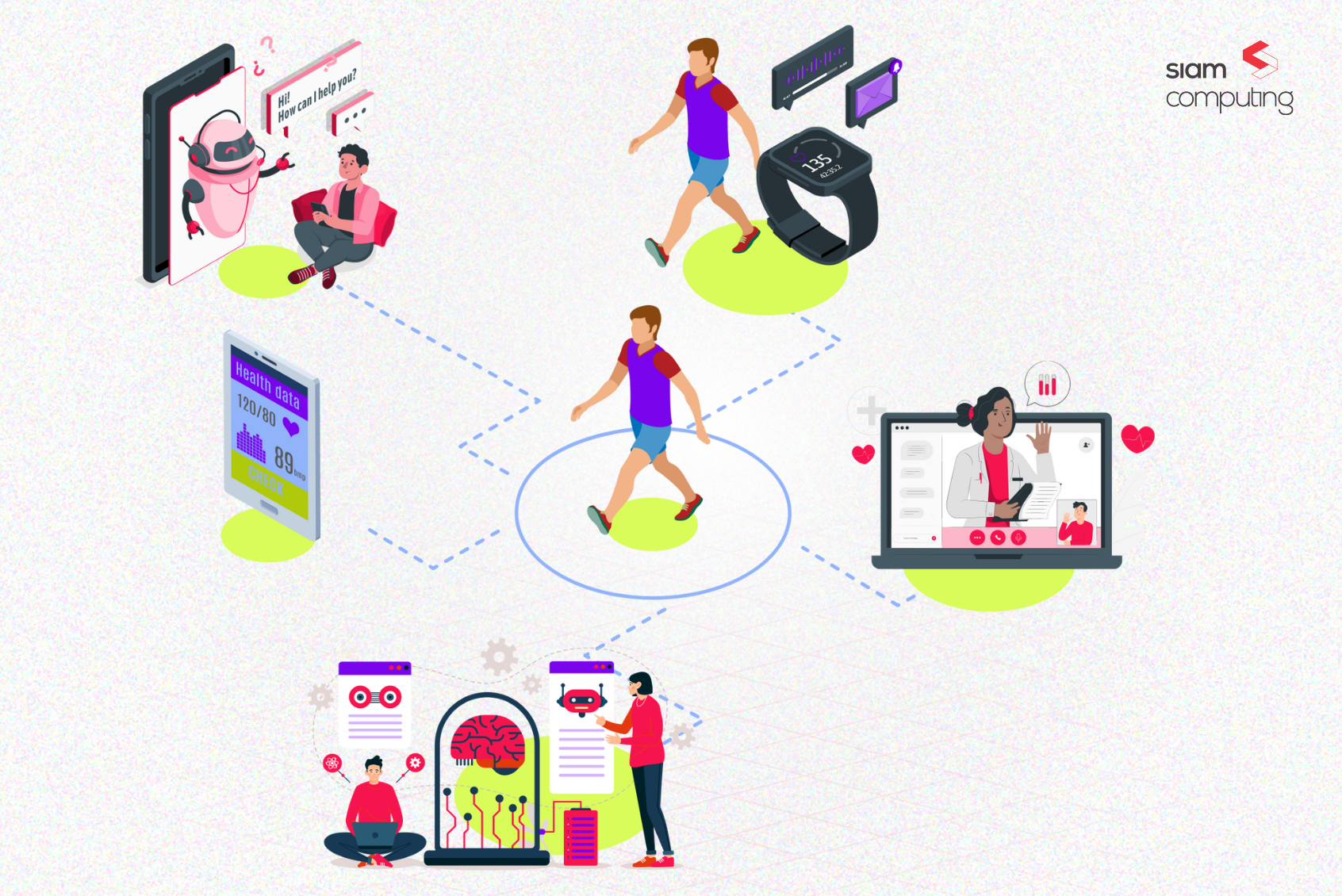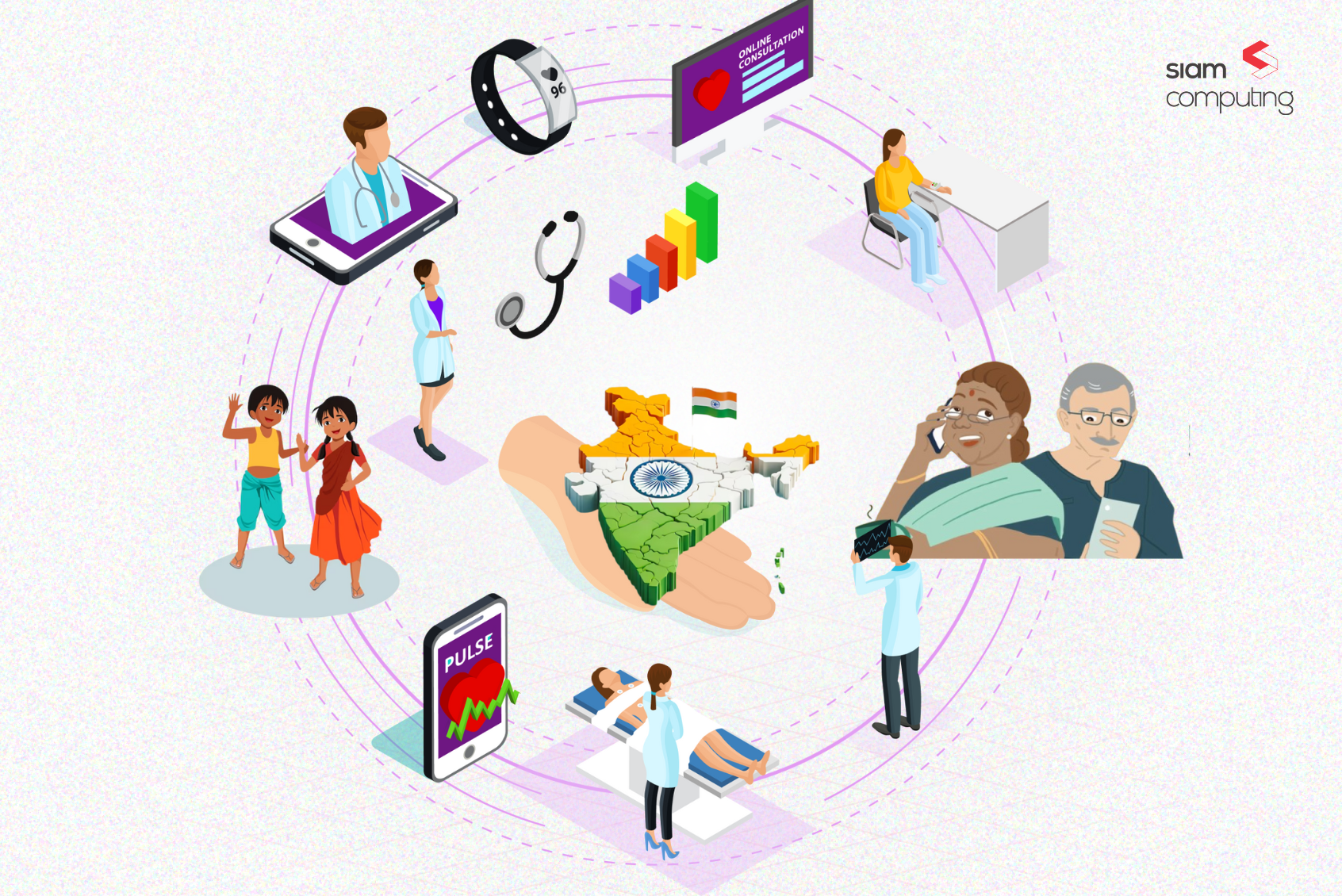Creating powerful digital products takes time and commitment. Unfortunately, time is often in short supply when it comes to MVP development, which leads to mistakes. And, the mistakes made at this stage can lead to a product that is not marketable.
Fortunately, we have been in the business of creating MVPs for over a decade and we have a deep-rooted knowledge on the common mistakes businesses make while developing their MVP and how to avoid them. Since we believe sharing is caring, we have listed the top 15 mistakes made during MVP development in this blog, to help you make your product a success.
—>Avoid pitfalls with our decade long MVP Development experience and build successful products.
Common Mistakes While Building An MVP
A Minimum Viable Product (MVP) is the most basic version of a product that will satisfy early adopters and provide feedback for future development.
An MVP is not a prototype but a representation of the final product. The goal of an MVP is to test whether there is market interest in the idea and to validate its technical feasibility.
Developing an MVP is a challenging process that requires a lot of time and effort. It can be difficult to know what mistakes to avoid and what mistakes are worth making. Here are some common mistakes that you should avoid while developing your MVP:
—>Save precious time with our prior knowledge of MVP mistakes to avoid.
Mistake #1: Not defining your MVP properly
Some entrepreneurs do not define their MVP correctly, leading to wasted time and money. So, it’s essential to determine your minimum viable product as a clearly defined set of features and capabilities that will satisfy early customer needs and provide feedback on whether your idea has potential.
Mistake #2: Focusing on one-time investment instead of ongoing development
Starting with a one-time investment instead of ongoing development can be detrimental to your project’s success. Ongoing development is crucial to keep up with changes in the industry and create new features. It is also essential to find out and pause development on the features that are not working and focus on the features that are being used frequently.
The key here is to make sure that you are budgeting for both ongoing development and one-time investments. You should have a plan and decide on the features that could be developed in-house by your team and the features that you could outsource or purchase as an off-the-shelf solution to save time, money, and other resources.
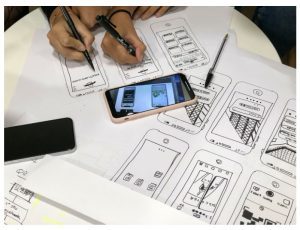
Picture Credits – Unsplash
Mistake #3: Not considering QA testing from the start
Quality Assurance testing ensures that the application is free from bugs, errors, and other problems. It assures that the software is ready for release and safe to use. QA testing can be done by manual testers, automated tools, or a combination of both.
QA testing should be considered from the beginning of a project. It should be done as early as possible to ensure all issues are resolved before launch.
Mistake #4: Disregarding details and not setting expectations for future releases
It is essential to set expectations for future releases so that customers know what to expect and when they can expect it. A common mistake startups make is not paying attention to detail which can lead to a lack of clarity in the product. This mistake can be avoided by communicating clearly with customers and setting expectations for future releases.
Mistake #5: Lack of market research
Market research is the process of understanding the needs and wants of a target market. It helps businesses improve their products or services, reach new users, and retain their existing customers. It also helps them understand what competitors are doing and what strategies are working for other companies in the same industry.
Many entrepreneurs make the mistake of not conducting market research before launching their product or service. If you don’t know your target audience, you will have difficulty marketing your product or service to them.
If you’re launching a new product or service, start by asking yourself these three questions:
- Who are my customers?
- What do they need?
- What do they want?
Mistake #6: Ignoring user feedback
One of the most common mistakes people make while designing is not listening to user feedback. Designers should always try to get as much feedback from their target audience as possible. If designers don’t consider what their users want, they risk making a product that nobody wants to use. They may even waste time and money on something nobody wants.
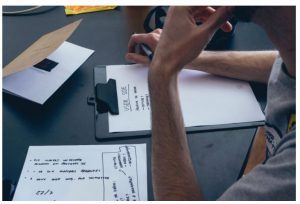
Picture Credits – Unsplash
Mistake #7: Failing to prioritize features
When you add new features to your product or website, it is crucial to prioritize the features based on their importance and value to the customer. Prioritizing features ensures that the most important features are not left out of the product. This can also help in deciding which features should be removed from the product if there is a need for cost-cutting.
Mistake #8: Lack of flexibility in the design process
The design process is not a straight line. It has its ups and downs, twists and turns, and it’s essential to remember that there are no absolute rules. Designers need to keep an open mind because there is no one way of doing it that will work for every project. Designers need to consider the needs of their clients, their skillset, and what they feel would work best for the task at hand.
Mistake #9: Not staying true to the conceptual design phase
The conceptual design phase is where you can explore ideas and create an experience for your users. You can create a prototype of your product in this stage and test it with different users to see if it works. This phase is also where you decide on the goals for your product and what you want to achieve with it.
At the conceptual design phase, you should be able to answer these questions:
- What is my goal?
- Who are my users?
- What do I want them to do?
- What are their goals?
Mistake #10: Unrealistic timeline and budget estimates
This mistake is a common one for startups. They may be so excited about their idea that they don’t take the time to create a realistic timeline and budget. As a result, they end up going over budget or miss deadlines, which can lead to the fall of their business. One way to avoid this mistake is by working with business advisors or business strategists with experience in building products and scaling businesses.
Mistake #11 – Assuming you know the market’s needs and demands
This mistake can be avoided by understanding your customer and their needs. The first step is getting to know your customers and their needs, wants, desires, and pain points. The second step is to understand the current market trends in that particular industry. You must take into account all of these aspects and never make assumptions based on preconceived notions.
Mistake #12- Ignoring UX design during development
User experience design enhances user satisfaction by improving the usability, accessibility, and pleasure provided in the interaction between the user and the product. It is about considering all aspects of a person’s use cases of a product or service.
Failing to integrate UX design right at the start could lead to mistakes like creating an unusable app or website because developers tend to focus on what users want instead of what users need. This mistake often happens when your company relies on outside agencies to do UX work for them.
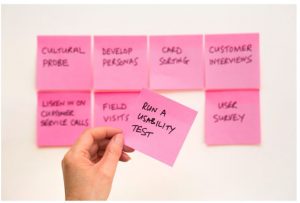
Picture Credits – Unsplash
Mistake #13: Trying to create a perfect product before launching
There is no such thing as a perfect product. No matter how much time and effort you put into it, there will always be something that can be improved. The mistake of trying to create the perfect product before launching it is one of the most common mistakes entrepreneurs make.
However, this does not mean you should launch your MVP as soon as possible. Instead, it would help if you focused on what would make your customers happy in the short term and gradually improve your product with feedback from them over time.
Mistake #14 – Having no strategy or roadmap
Jumping into MVP development without having a strategy or roadmap can be detrimental to your company as you will not know where you are heading and your goals. It can also lead to a lot of confusion among your employees. Many startups often start off with the wrong idea, which leads to confusion and conflict in the company. This is why startups need to have a clear plan for their business to know where they are headed and their goals.
Mistake #15 – Ignoring marketing and sales strategy early on
Marketing and sales strategy are often overlooked in the early stages of product development. This can lead to a product that doesn’t have the necessary features to be successful in the market. Product managers should consider marketing and sales strategy early on so that they can deliver a product with features that will allow it to be successful in the market.
Wrapping up…
In conclusion, mistakes made during the development of an MVP can be detrimental to the success of a project. It is important to remember that the development of an MVP is not a one-time process. It requires constant feedback and iterations to get the desired results.
So, it is crucial to test your idea with potential users and get feedback from them. It is also essential to make sure that your developers are on board and that they understand what you want them to build. Mistakes are inevitable, but they don’t have to be fatal.
Is your MVP missing key features? Did you forget to do a usability study? MVPs often go wrong and suffer from one or more of these pitfalls. Reach out to us and let us help you build a better product.



